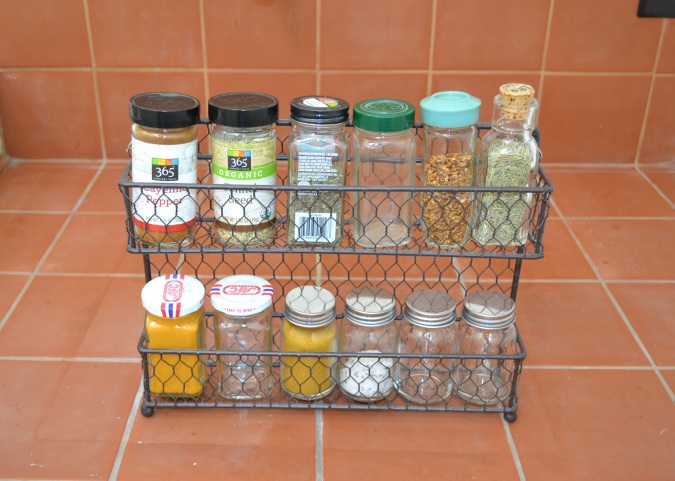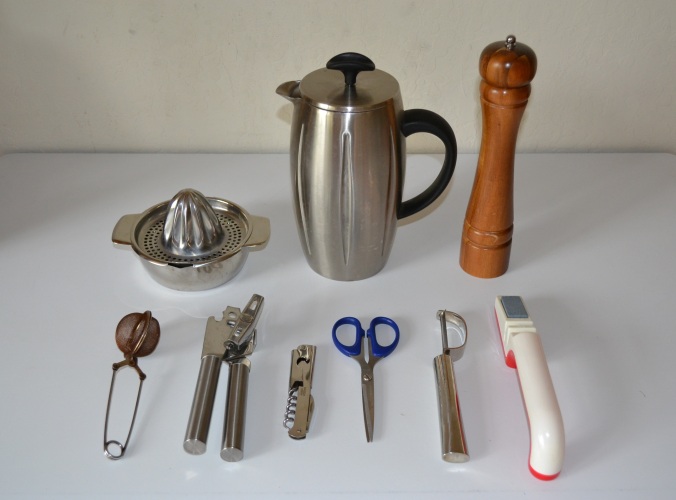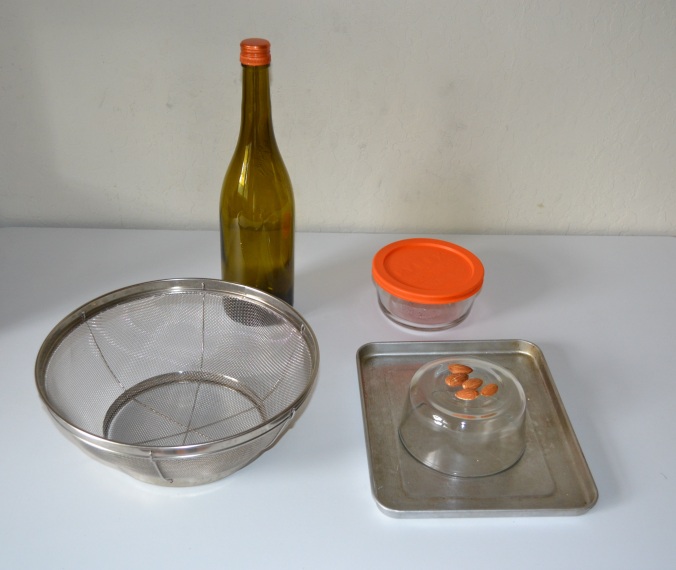02.20.2018
0600
Materials:
- 1/2 Cup Cacao Powder
- 1/2 Cup Cornstarch
Tools:
- Bowl for mixing
- Spoon to scoop
- Empty Plastic or glass container for the final mix.
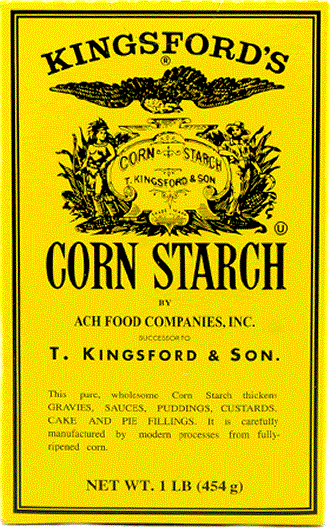

Hair contains natural oil, called sebum in its follicles which is essential for keeping itself conditioned and healthy. Frequent washing, combined with some of the harsh chemicals in shampoo, strips away those oils leaving your hair in bad shape. You can rid your hair of excess oil buildup by adopting the “No Poo Method”.
The theory of “No Poo” is this: by washing hair with a gentle alternative to shampoo, such as corn starch, baking soda and apple cider vinegar, you’ll achieve clean hair without the damage or dependency on daily shampooing. So, instead of allowing chemicals in shampoo to strip your hair, strip away the chemicals instead and stop using shampoo altogether.
My hairstylist, Carrie Everheardt, highly recommended me to start using dry shampoo. She recommends washing your hair about two times a week and treating your hair with dry shampoo during the rest of the week. If you’re just starting out using dry shampoo, you can practice increasing the increments of days between washes, and work up to a time frame you’re comfortable with; e.g. use dry shampoo twice a week, three times a week, four times a week, etc.
Also, if you’re in the Bay Area, in California, you can find Carrie at The Salon of Woodside. Her instagram is @everheartloveshair . She amazing at recognizing what your hair damages are and knows what it takes to heal your hair and scalp. Go check her out!
WHY USE DRY SHAMPOO…
Washing your hair daily is bad for you. It strips away the natural oils that keep your hair healthy and well moisturized.
A “dry shampoo” is really just an oil-absorbing powder that, when applied to hair, can soak up excess grease and dirt without necessitating getting the hair wet. Dry shampoo absorbs the oil produced by your scalp, and it cannot do its job if there is any water in your hair.
If you’re not planning to shampoo in the morning, apply your dry shampoo the night before. Apply it on before bed and let the product fight excess oil while you sleep. A quick brush of dry shampoo can refresh hair after a workout, saving time in the locker room.
Benefits of using dry shampoo…
1. It replaces a wash.
The dry stuff soaks up grease and leaves a fresh scent, so hair looks and smells just-washed.
2. It volumizes limp strands (even bangs!).
Dry shampoo “fluffs” flat hair, creating instant fullness.
4. It slows color fade.
Since water and shampoo leach dye from hair, washing less means you can go longer between touch-ups. Cash saved!
5. It minimizes damage.
If you’re shampooing less often, you’re also using hot tools less often. The result: healthier hair.
6. You can use it whenever.
Dry shampoo can be applied any time your hair needs a boost, but I like using it before bed: Hair will absorb it as I sleep and I’ll look refreshed in the morning.
MIXING…
Since my hair is a dark brown-black combo (depending on where the sunlight hits), I mix equal amounts of cornstarch and cacao powder in a bowl. For those who have blond hair, mixing cacao powder will not be necessary. Brunettes and redheads can use cacao powder, cinnamon or a combination of both as desired.
Because everyone’s hair tint is different, I suggest testing out the color combo by adding a little bit more to the mix, until desired. If you think you’ve added too much, don’t worry because once you fluff up your hair, the likelihood is that it won’t be detectable.
I store my dry shampoo mix in an old plastic peanut butter container. I wanted my container to be more narrow than wide due to the fact that my application brush was tall.
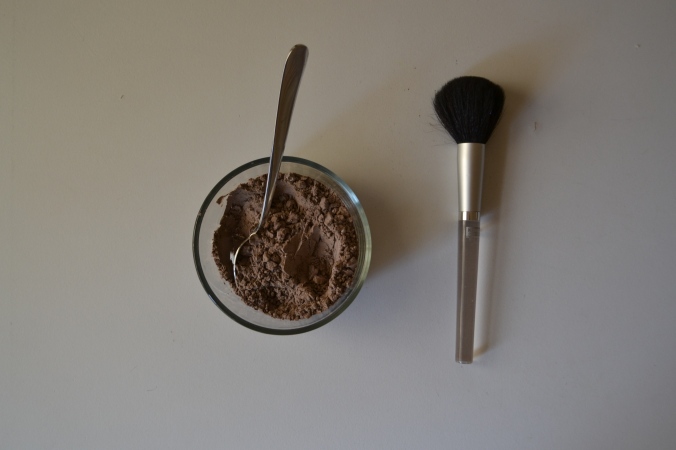
APPLICATION…
I part my hair in three sections, a left part, center part and a part on the right side of my head.

Using my large brush, I lightly tap the head of my brush into my mix, and then tap the brush on the edge of the jar to remove the excess powder. I noticed that my brush carried a lot of the mix between the strands and if I didn’t tap off the extra powder, my brush would end up dumping a lot of the power in the first spot selected.
For each part that I created, I simply brushed my hairline with the mix. You really don’t need a lot for the applications, because you’re also spreading it around with the brush.
After applying my dry shampoo on each parted line, I fluffed up my hair by raking my fingers through my hair and fluffing it upwards and outwards.
That’s literally all I do to apply my dry shampoo. Some people wash their hair with apple cider vinegar after about five days of using dry shampoo to remove the dry shampoo buildup. If you want to try this:
- Blend one cup of water with two to four tablespoons of vinegar to make your rinse.
- After you have shampooed and thoroughly rinsed your hair, slowly pour or spray the mixture over your entire scalp, allowing it to run down the length of your hair (being careful not to get it in your eyes).
- Make sure you let it to sit in the hair for at least three minutes, then rise out completely.
If you’re someone who would like to try this recipe out, I highly recommend it. I was skeptical before using it, but I was amazed at how much healthier my hair looked once I gave it a chance retain its natural oils. Also, with this mix, my hair ends up smelling like a faint scent of chocolate, and I can’t be mad at that.
P.S.
Since I have very light colored bed sheet sets, I do cover my pillowcase with a set of brown silk pillowcases so that the cacao powder won’t get all over the light sheets. Plus, silk is very good for your hair when you sleep. Some of silk’s hypoallergenic properties include a natural resistance to dust mites, fungus and mold, in addition to many other allergens. Silk can be beneficial for your skin and hair. Sleeping on a silk pillowcase can help your skin stay healthy and smooth and can help reduce the appearance of facial wrinkles


